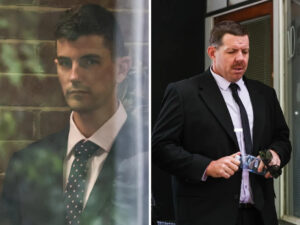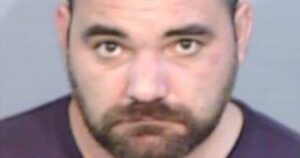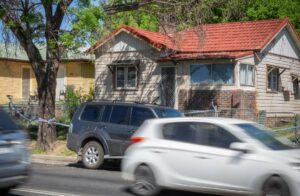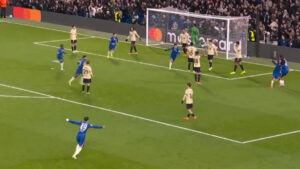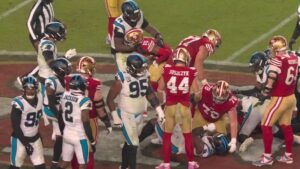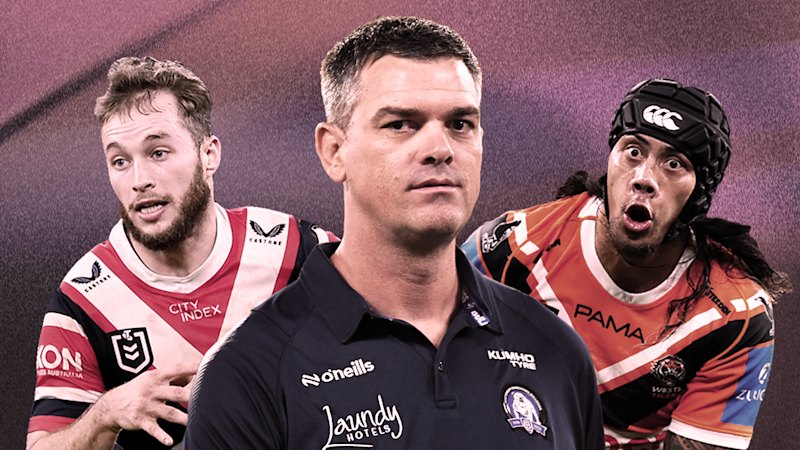
The recent NRL Grand Final showcased an impressive 80,000-strong crowd and achieved the highest ratings in history. Despite this success, the absence of local Sydney teams raised concerns about the future representation of the city in the sport. With 2026 potentially lacking a Sydney side in the finals, strategies must be implemented to ensure the Harbour City remains a key player in rugby league.
Assessing the Current Landscape
In 2025, none of the eleven clubs from New South Wales managed to secure a spot in the Grand Final, marking the first occurrence since 2017. Teams such as the Newcastle Knights, who finished 17th, faced significant challenges. Their performance was hindered by a lack of offensive production, averaging just 14.08 points per game, the lowest since the Knights’ wooden spoon-winning season in 2016.
Key player Kalyn Ponga, who remains a standout at the club, faces questions regarding his captaincy. With new arrivals like Dylan Brown, signed on a $13 million deal, the Knights must rebuild their strategy to foster a more competitive side.
The St George Illawarra Dragons, finishing 15th, demonstrated flashes of potential but struggled with consistency. The team’s performance was marred by poor game management, losing nine matches with narrow margins. With new coach Shane Flanagan targeting players like Tino Fa’asuamaleaui, a focus on strengthening the front line could be crucial for improvement.
Injury Concerns and Future Prospects
The South Sydney Rabbitohs, finishing 14th, faced a devastating injury toll, with key players such as Jack Wighton and Latrell Mitchell missing significant game time. In 2025, the squad collectively missed 275 weeks of play, a figure that raises questions about training and player safety. If Mitchell can regain fitness, he could significantly influence the Rabbitohs’ performance moving forward.
The Wests Tigers, who ended the season in 13th place, showed signs of growth under coach Benji Marshall. The retention of players like Jarome Luai will be essential as the club seeks stability. Luai, who commanded a $1.2 million salary, must deliver consistent performances to justify his contract.
Other teams, such as the Parramatta Eels and Manly Sea Eagles, also face unique challenges. The Eels, under Jason Ryles, need to balance their salary cap while ensuring their star player, Mitchell Moses, remains healthy. The Sea Eagles, finishing 10th, possess the talent but often struggle under pressure, as indicated by their record of games decided by significant margins.
The Canberra Raiders, who finished first in the season but fell short in the finals, must focus on developing their young talent. Players like Ethan Sanders are critical to their future success and will benefit from the experience gained in high-stakes matches.
Looking Ahead
As the NRL prepares for the 2026 season, the need for a competitive Sydney representation grows more pressing. Other out-of-town teams, such as the New Zealand Warriors and the Dolphins, are also looking to strengthen their squads. The Warriors, with key player Luke Metcalf returning from injury, have the potential to challenge higher-ranked sides.
Ultimately, to avoid another Grand Final without Sydney teams, local clubs must address their weaknesses. With strategic recruitment, effective management, and a focus on player health, the Harbour City can reclaim its place as a powerhouse in rugby league. The upcoming season will be pivotal in determining the future competitiveness of Sydney teams in the NRL.
